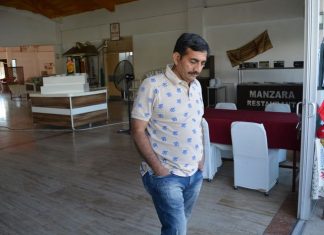26. If, however, any one has woven purple belonging to another into his own vestment, the purple, although the more valuable, attaches to the vestment as an accession, and its former owner has an actio of theft and a condictio against the person who stole it from him, whether it was he or some one else who made the vestment. For although things which have perished cannot be reclaimed by vindicatio, yet this gives ground for a condictio against the thief, and against many other possessors.
27. If materials belonging to two persons are mixed together by their mutual consent, whatever is thence produced is common to both, as if, for instance, they have intermixed their wines, or melted together their gold or silver.
Electrum by fusing together gold and silver
And although the materials are different which are employed in the admixture, and thus a new substance is formed, as when mead is made with wine and honey, or electrum by fusing together gold and silver, the rule is the same; for in this case the new substance is undoubtedly common. And if it is by chance, and not by intention of the proprietors, that materials, whether similar or different, are mixed together, the rule is still the same.
28. If the wheat of Titius is mixed with yours, when this takes place by mutual consent, the mixed heap belongs to you in common because each body, that is, each grain, which before was the property of one or other of you, has by your mutual consent been made your common property; but, if the intermixture were accidental, or made by Titius without your consent, the mixed wheat does not then belong to you both in common; because the grains still remain distinct, and retain their proper substance.
The wheat in such a case no more becomes common to you both, than a flock would be, if the sheep of Titius were mixed with yours; but, if either of you keep the whole quantity of mixed wheat, the other has a real actio for the amount of wheat belonging to him, but it is in the province of the judge to estimate the quality of the wheat belonging to each.
Read More about The Institutes 535 CE part 39








